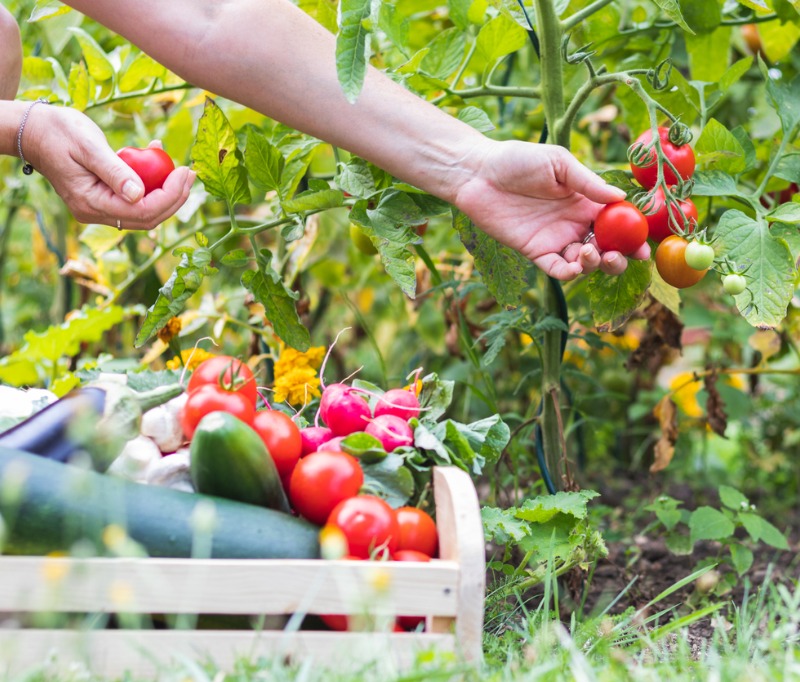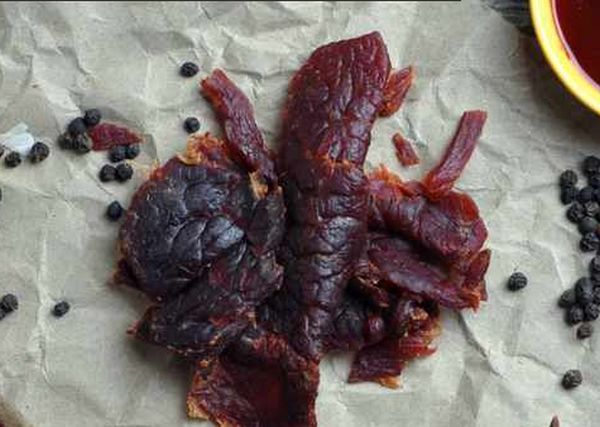How to Grow a Perfect Vegetable Garden
Planting your home garden is the best way to get the freshest produce possible. Also, it can help you to save money while staying close to nature. There is no denying that the taste and texture of vegetables in your own garden are better than products from a grocery store. Moreover, working with plants and soil is a great stress buster, helping you to be happy and calm in life. Starting and growing your home garden is simple. You need some patience, high-quality vegetable seeds, and tactics to make the most out of your garden space. Here are some tips to help you grow a perfect vegetable garden.
1. Consider Site and Location
The first step to growing a healthy garden is ensuring the right location with a proper amount of sunlight. Selecting a site that receives at least 6 hours of sunlight each day means that the location is perfect for growing any vegetable plant. However, there are plants that can grow in limited sunlight. Apart from that, it is crucial to ensure that the site you have selected has good quality soil as it can help the garden retain nutrients and water for long enough to grow. A soil test can help you get an idea of the soil fertility and pH level, allowing you to determine the fertilisers or amendments types you can use to improve the same.
2. Create a Practical Plan
While growing a vegetable garden is not challenging, it requires maintenance. So, it is wise to start with a small space for the first two years. It is also wise to learn a few gardening tips before investing your time and money in this new hobby. A 6 to 8-foot site is ideal for starting a small veggie garden and will provide you with sufficient space to grow a few different types of vegetables. You can also try planting container-friendly vegetables and herbs in pots. Growing vegetables in planters and containers are also a great way to start gardening, and you do not even need a spacious yard. A balcony or sunny deck is sufficient for your small veggie garden.
3. Select High-Quality Seeds
When checking out the vegetable seeds catalogue, focus on what each type of plant will require for growth and whether you have the right environment for same. There are three types of vegetable seeds available in the market – a hybrid, heirloom, and open-pollinated. While hybrid seeds are produced by a plant breeder to grow vegetable plants with certain features, such as big produce, disease resistance, open-pollinated types are created organically from vegetables. Heirloom seeds are also open-pollinated, but they are years old and generally get passed down from gardeners. Also, you should get an idea about some of the most common pests in your area and look for seeds that are resistant to these pests. Otherwise, you may have to spend extra money and time on pesticides to get a healthy garden.
4. Water Wisely
Most varieties of fruit and vegetable crops need gentle watering once a week for production. However, newly seeded veggies beds will require frequent watering. You should adjust the amount of water depending on the rainfall in your area. The most effective way to irrigate plants is by using drip lines or soaker hoses. They provide water gradually, providing roots sufficient time to soak up the moisture and allowing the soil to hydrate, keeping foliage dry. If the soil in your area is sandy and drains quickly, you have to water seeds more frequently. To conserve water and decrease the need of irrigation, you should mulch your soil regularly. You must avoid watering your plants because it can lead to root rot.
5. Fertilize the Plants
Once plants are 5 to 6 weeks old, you can start fertilizing them. Many vegetable plants flourish better with fertilizer, applied twice a month during a harvesting season. It is suggested to use high nitrogen initially in the growing season for foliage health and switch to phosphorus application as the vegetable plant starts blooming. In addition, you can apply an all-purpose fertilizer to provide the right amount of boost to the plants. You should move pollen from one plant flower to another with the help of a brush. Pollen is a type of powder created by flowers, grasses, trees, and weeds to fertilize other plants in the same section. When fertilizing your plants, you must avoid overdoing them. Remember, excessive use of fertilizer can damage plants and the soil, so avoid it.
6. Pest Control
Pest control is a crucial part of vegetable gardening. Remember, there are both beneficial and harmful pests available in your garden soil. So, it is vital to apply insecticides wisely. Avoid using pesticides in the morning as both beneficial insects and harmful pests are most active at this time. The pesticide will likely kill them both. The best way for growing a vegetable garden is to avoid the over-use of chemicals and focus on great soil, watering, sunny conditions, and organic pesticides.
With a little extra effort and a planned approach, from sowing vegetable seeds to harvesting, you can receive a high yield from cultivation.




